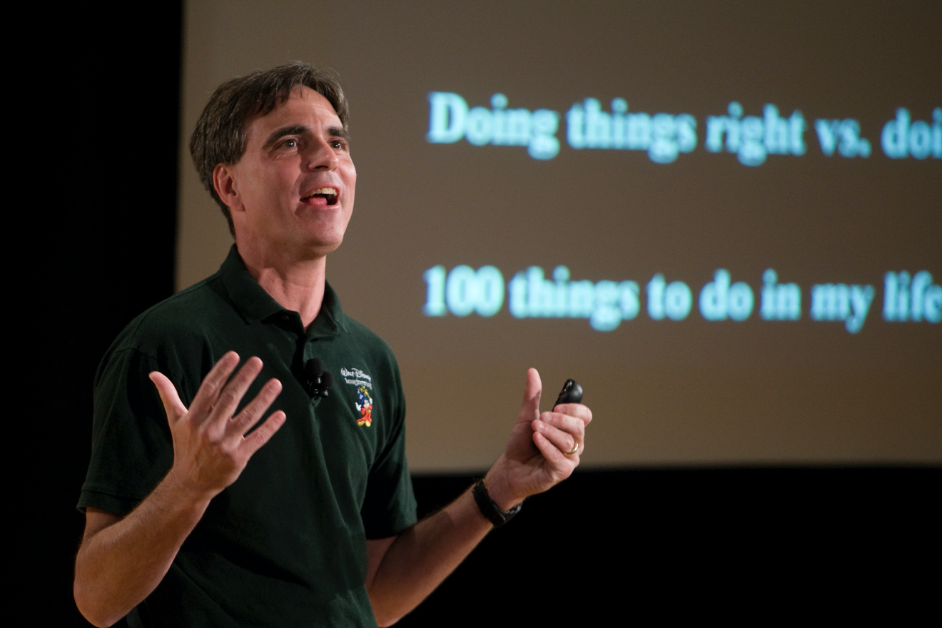Randy Pausch was a professor of computer science at Carnegie Mellon University who rose briefly to fame after he delivered an inspirational “last lecture” during the final months of his battle with terminal cancer. His speech has been viewed nearly 20 million times on YouTube and was turned into a best-selling book. He tells the story of his first class of students which he tasked with creating a virtual reality project using sophisticated computer animation software. His high-achieving students worked for weeks on the project sacrificing sleep and free time in order to give their best effort. As they finally presented what they had created, the young professor sat in stunned silence, realizing they had far surpassed his expectations not only for the project but for the entire course. Unsure of what to do next, he sought the advice of a more experienced colleague who advised him to go back and tell his students that for the next project, the expectations would be much higher, because now he knew what they were capable of. The story illustrates how people can often surprise us with their talents when they are motivated to achieve something. Of course, the opposite can also be true, when people fall short of our expectations. So how can a leader find the balance between motivating people to give their best while not discouraging them or pushing them to the point of burn-out?
Over the past several decades, a mountain of scientific research has been focused on the topic of stress. The many negative impacts of stress on health and wellbeing are well-documented and publicly known, but the research also reveals that not all stress is negative. In addition to bad stress known as “distress”, there is also good stress, called “eustress”, which we experience when we feel energized, challenged and motivated. Distress is a performance killer while eustress is a performance enhancer. Interestingly, the same challenge can produce either kind of stress, depending on the reaction of the individual. In other words, it is not so much the challenge by itself, but rather our psychological interpretation of the challenge that determines what kind of stress we experience and how we’re likely to respond.
This phenomenon has powerful implications for leadership. Leaders who want to get the very best from their people should not provoke “distress” through fear-based intimidation, nor should they aim to coddle their team members by trying to maintain a state of relaxed comfort (of course, there should be times of rest and celebration along the way). Rather, leaders should take advantage of their uniquely powerful role in shaping how people think about the challenges ahead in order to inspire their very best. Perhaps you can think of an example of when a boss (maybe even you) promoted either distress or eustress within the team, but let us consider an example from Jesus’ leadership. In John chapter 16, just before he was arrested and killed, Jesus shared with his disciples about the many challenges, difficulties, and persecutions they would face in the coming days. He said, “In this world, you will have trouble. But take heart! I have overcome the world.” How often must the disciples have thought about these powerful, positive and ultimately proven words of Jesus as they faced all kinds of difficulties spreading the gospel message throughout the world, most of them giving their own lives as martyrs in the process, and they’re still inspiring believers today.
Reflection Questions
Is your staff under pressure? If so, what kind of stress are they experiencing?
What role do you typically play in promoting either distress or eustress?
What are the big challenges ahead and how might you best inspire your staff to face them?


